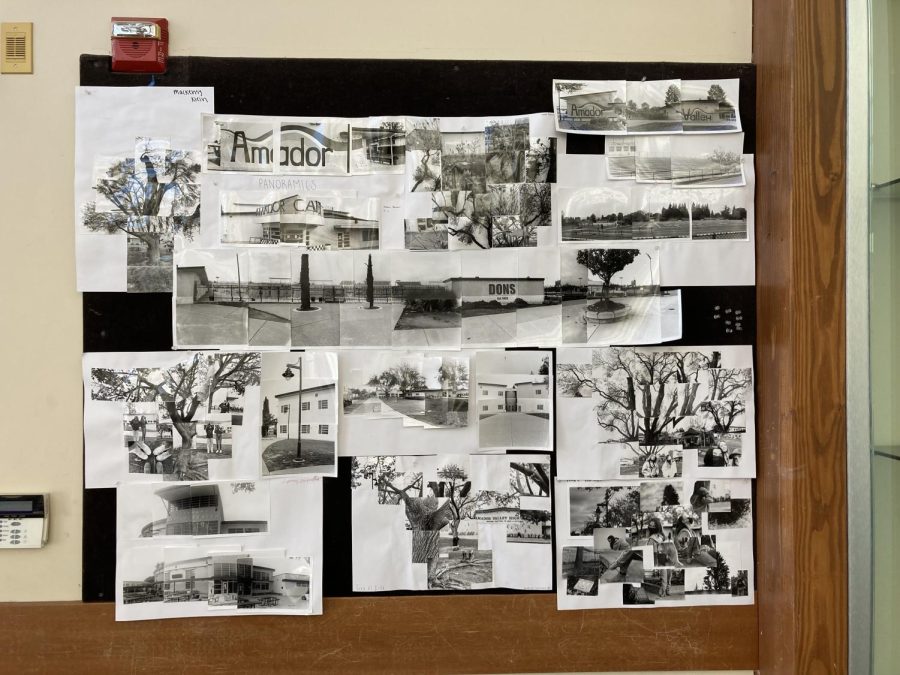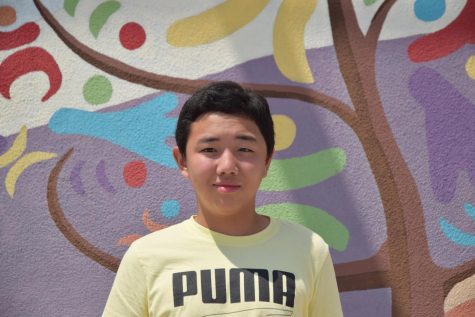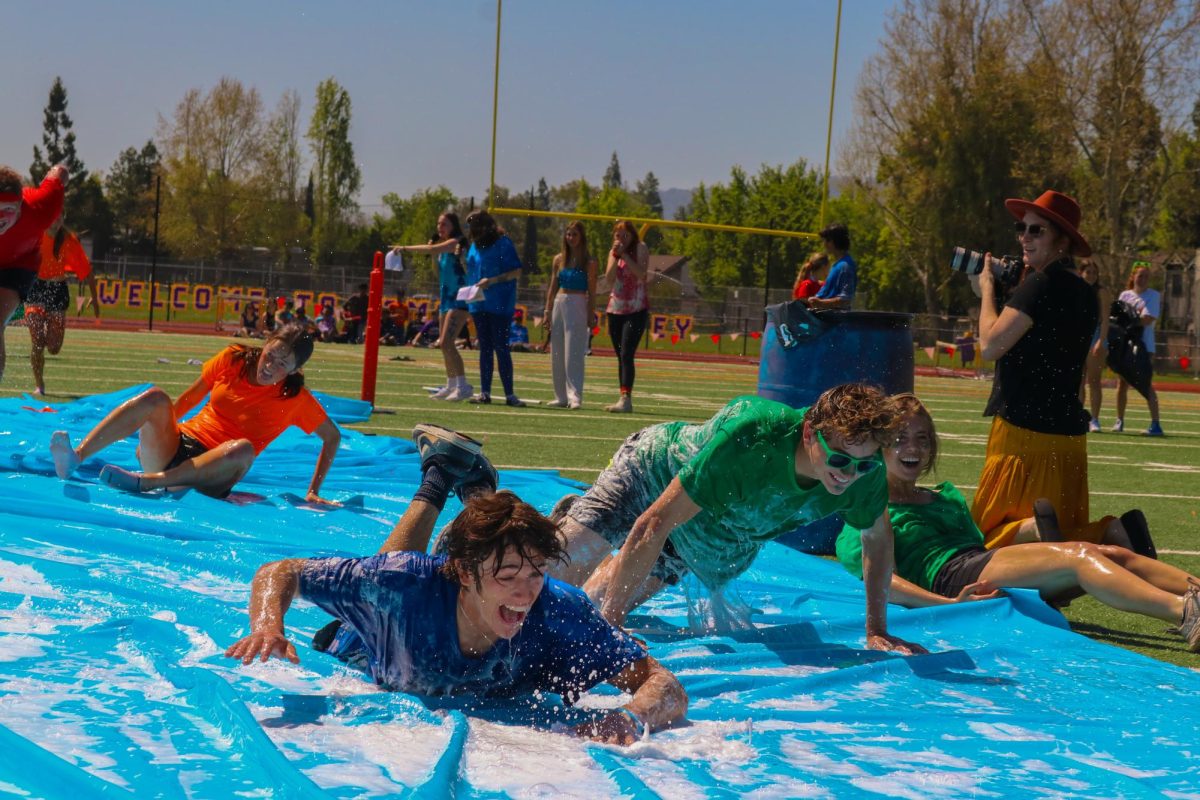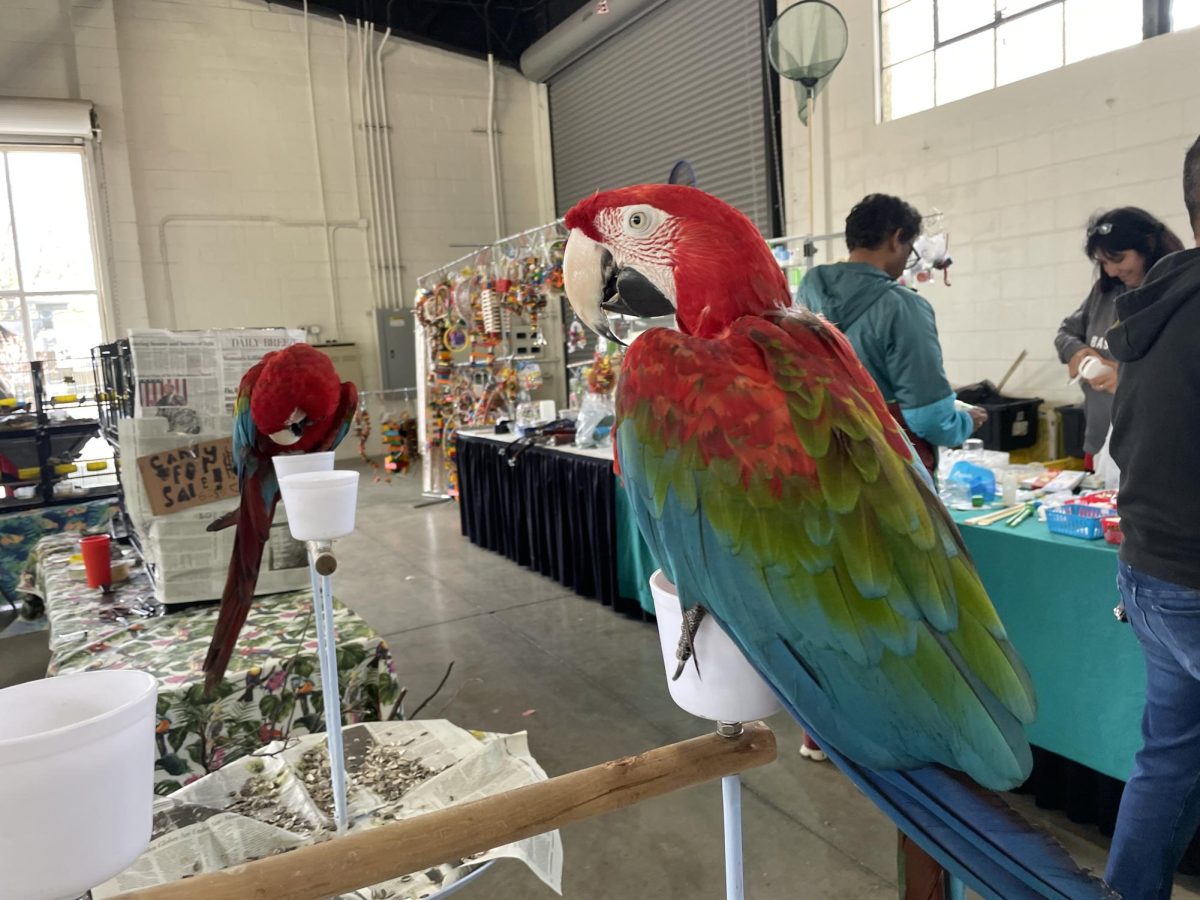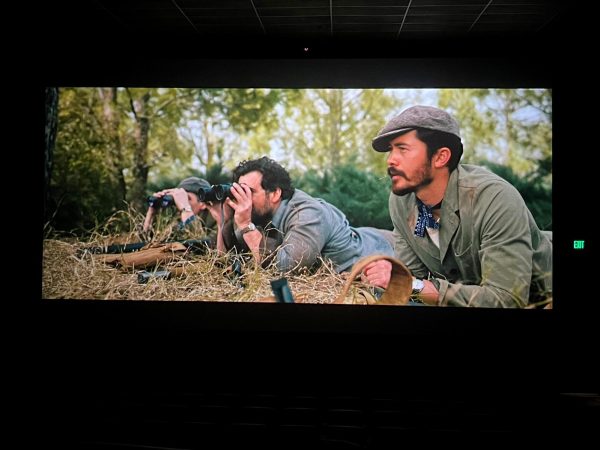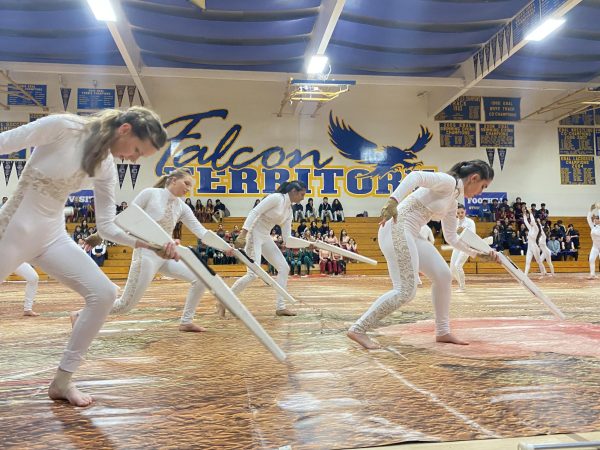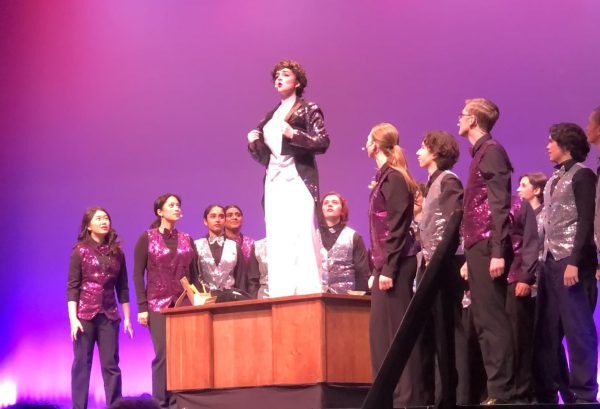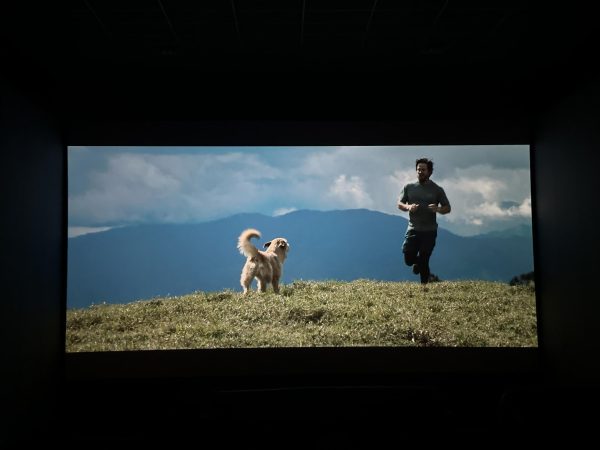Amador’s photography darkroom: an increasing rarity in the Bay Area
Amador photography utilized the darkroom to produce black and white photos of the campus.
February 25, 2022
Amador Valley’s photography program is one of the few in the region that is lucky enough to have a darkroom. A darkroom is a room where photographic films are processed and printed.
“Dark rooms are fun because you are able to do a lot of fun projects you can’t really do using a computer or digitally,” said photography student Lizzy Ann (‘23).
The photos from the darkroom create little grains on photos that make them more refined. In most darkrooms, an enlarger that projects light through the image of a negative onto a base finely controls the focus, intensity, and duration of light is used for printmaking. A sheet of photographic paper is exposed to the light coming through the negative, resulting in a positive version of the image on the paper.
“The darkroom is to take your film negatives and make black and white photographs. It’s an interesting process with special photographic paper and special equipment that makes the transfer process from a small 35 mm negative to a regular size photograph. It’s a hands-on process that involves a lot of knowledge about our special equipment, how light works, how chemicals work, and a motivation to experiment,” said Amador photography teacher Merilee Fisher.
A darkroom must remain completely dark to allow the processing of light-sensitive materials.
“We need to be very careful in a dark room to ensure that nothing happens or damages the film,” said Zayan Hamam (‘24).
This is because when developing a colored film, any sort of blue light would damage the film. However, the darkroom will use a safelight, typically red or amber, to filter out any blue light that comes through and affects the film. Due to the rise of instant and digital photography, dark rooms have decreased in popularity. They are still common, however, in colleges and studios of professional photographers.
“It’s fun using a dark room and considering that most schools don’t have one, I am very thankful to be able to use one,” said Ann.
The projects the photography class is able to complete includes color reversed images, where the colors on the images are changed to the opposite color. Check out some of these projects at the entrance to Amador’s library!

